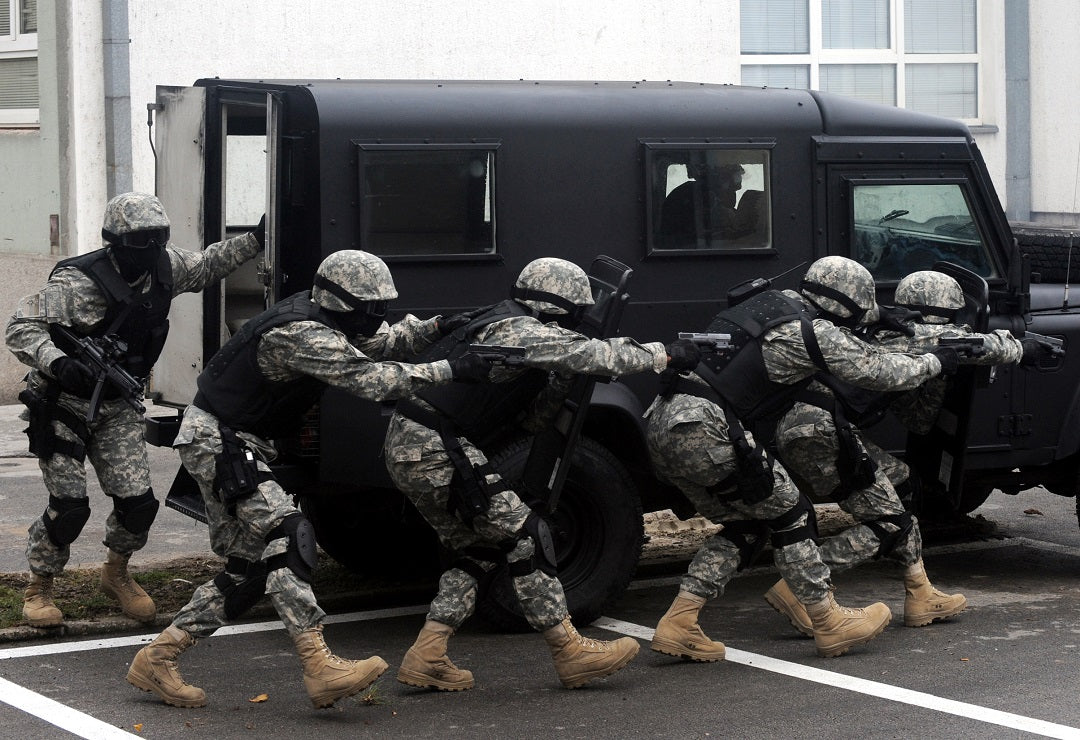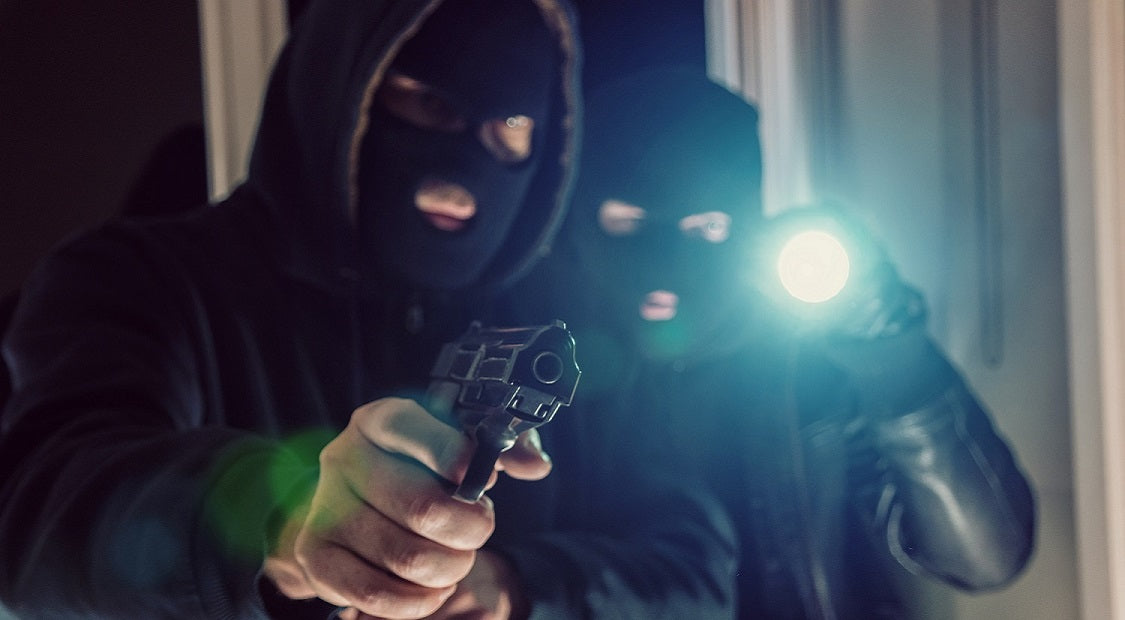Tactics

Shields for Law Enforcement
Modern ballistic shields bear little resemblance to those old legacy shields, having evolved with the changing threat environment. Ubiquitous drug use, increasingly frequent mental health issues, and catch-and-release district attorney policies means law enforcement officers may be confronted with violence at any time. Furthermore active shooter situations have been increasing in frequency and lethality. In response, many departments are adopting policies where every officer is issued a personal shield, which depending on the department range from a small forearm shield meant for encounters with someone undergoing a mental health crisis to a larger shield for use in an active shooter situation. Gone are the heavy windows which restricted field of view and made the shields top heavy and cumbersome, and gone are the oversize shields that could only be stored in the SWAT vehicle. The smaller size of modern shields allows them to be conveniently stored in any patrol vehicle such that essential melee and rifle-rated protection is available to the officer at a moment's notice.

Shields for Home Defense
Ballistic shields are also increasingly being purchased by civilians for home and workplace defense. Compared to body armor, a shield can be readied in seconds even in the dark and provides significantly more coverage with minimal risk of blunt trauma. The shield can also be given to family members to shelter behind in case an incident escalates. Additionally, responsible families with children in the house typically won't have rapid access to a firearm in an emergency, and some choose a large shield to complement their baseball bat or other child-safe weapon that rests within arm's reach.
